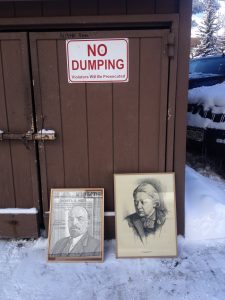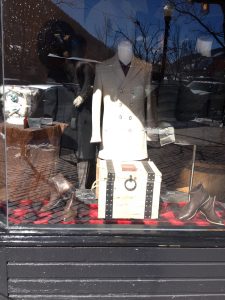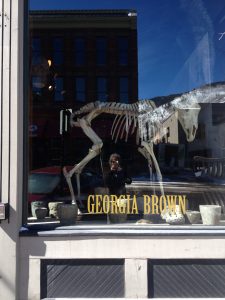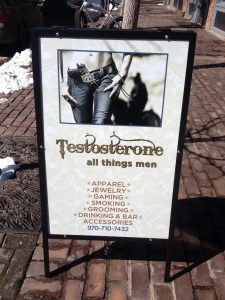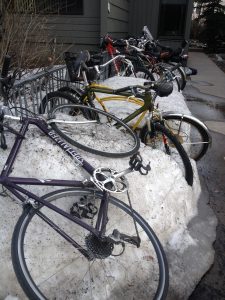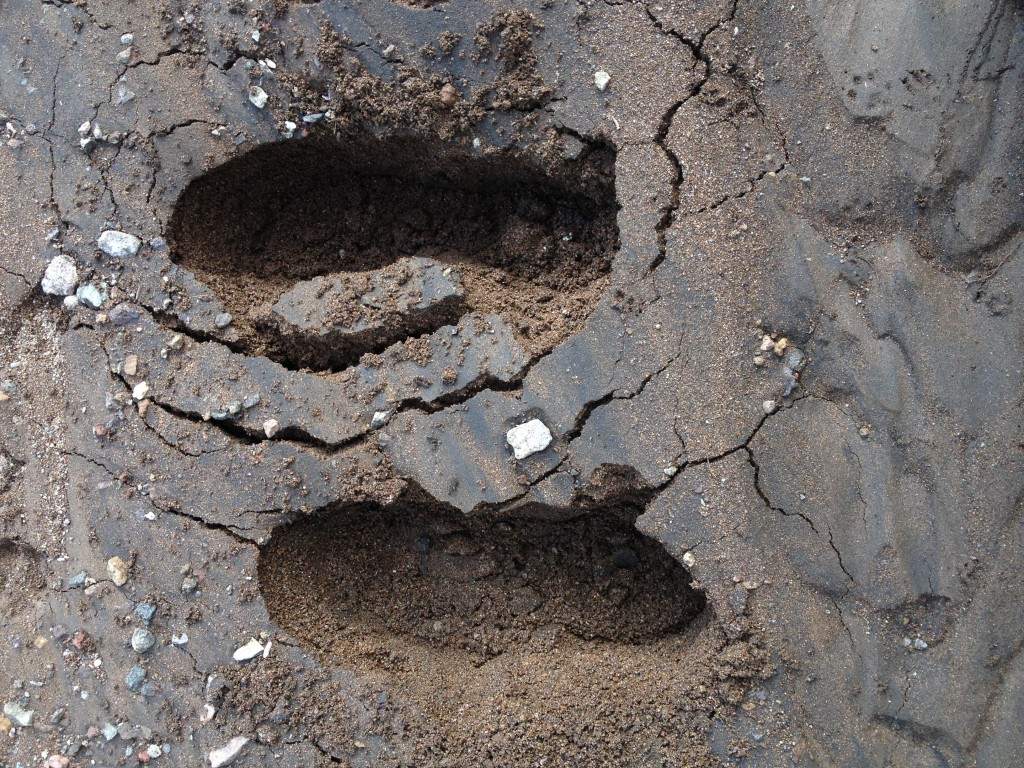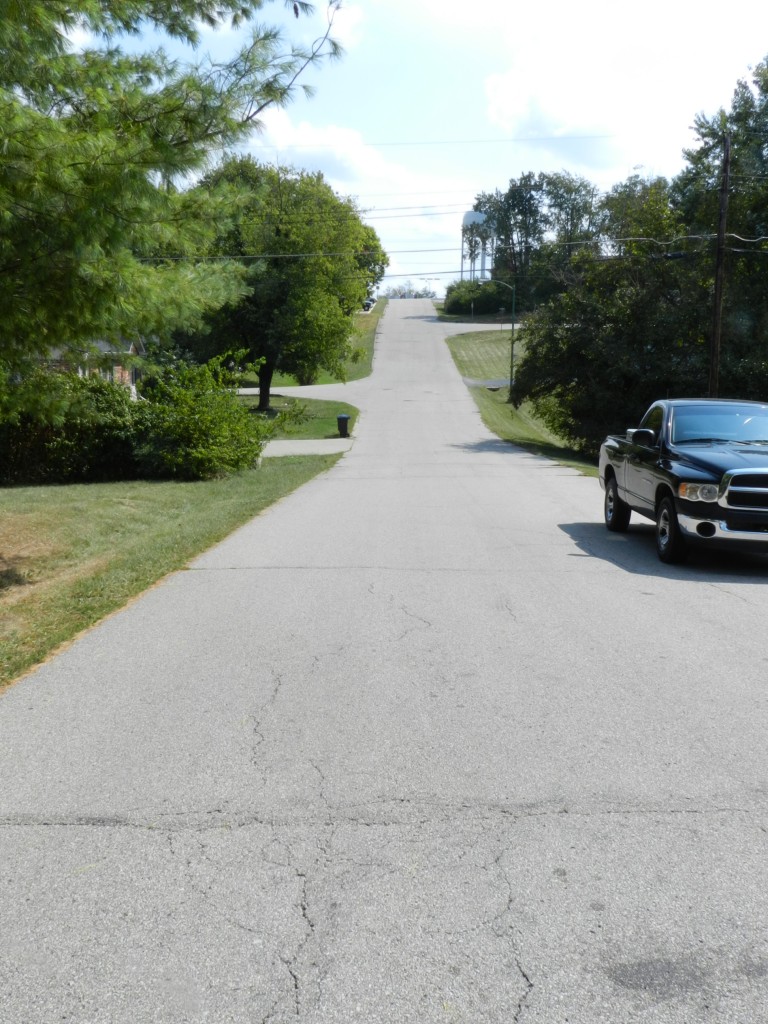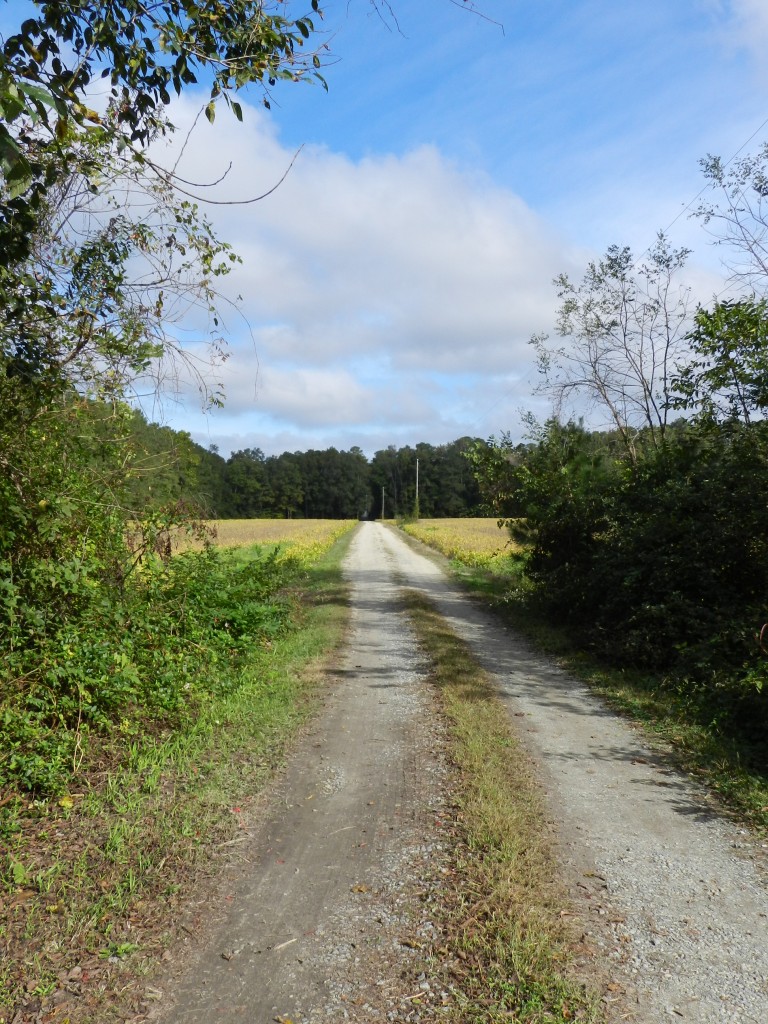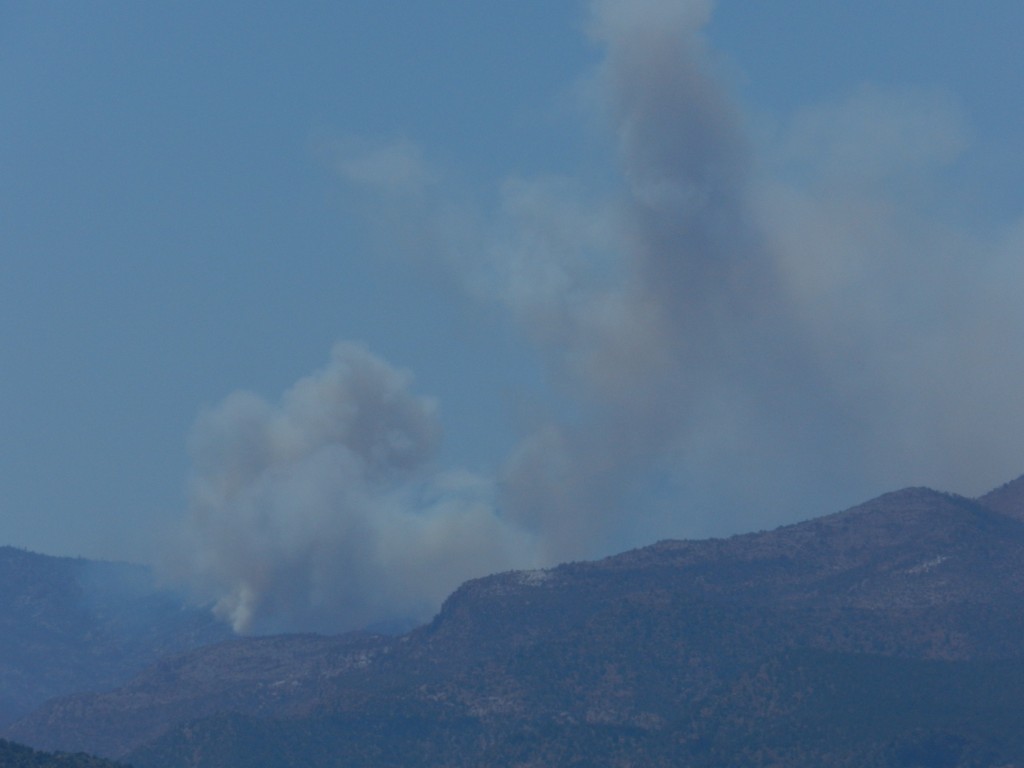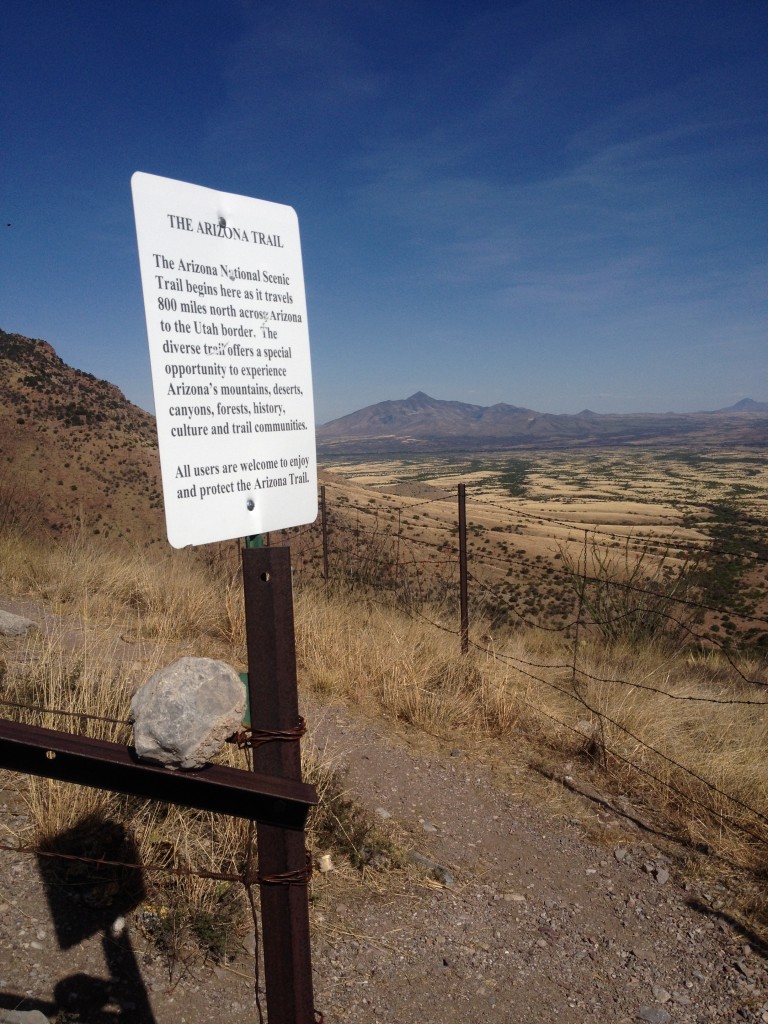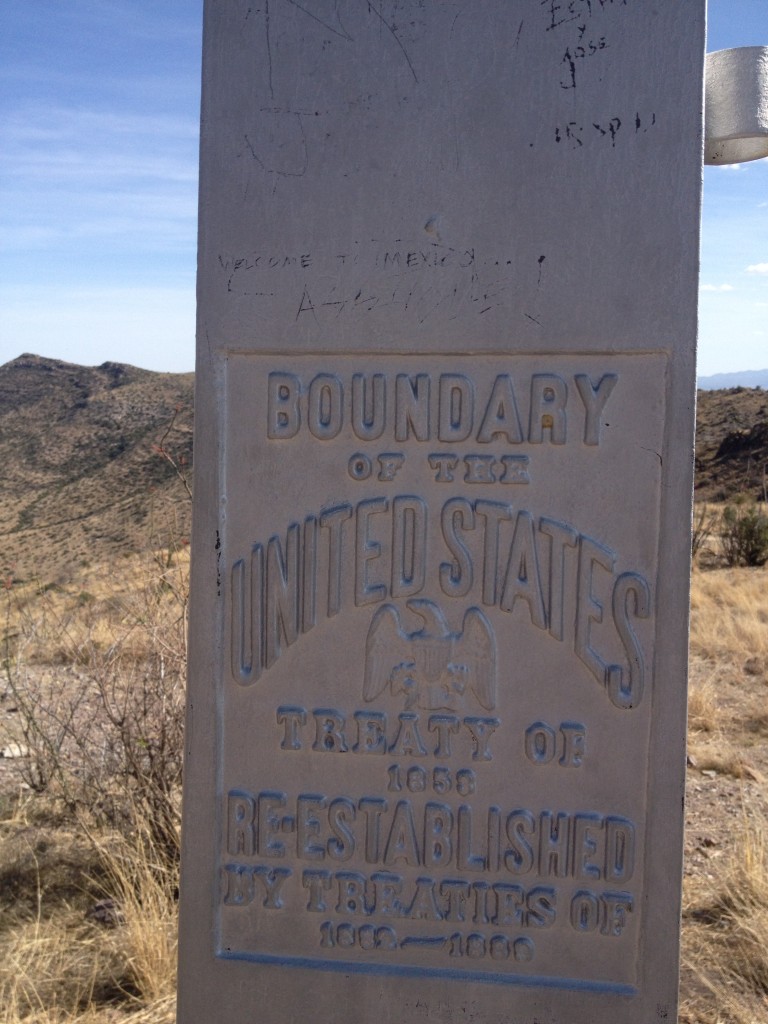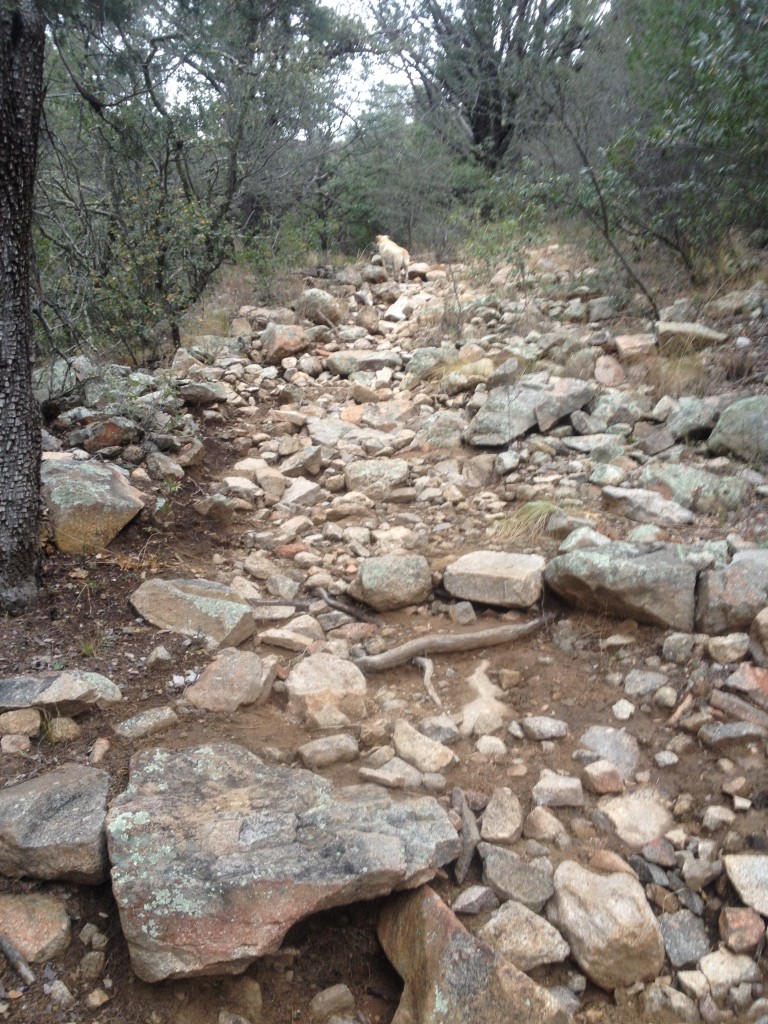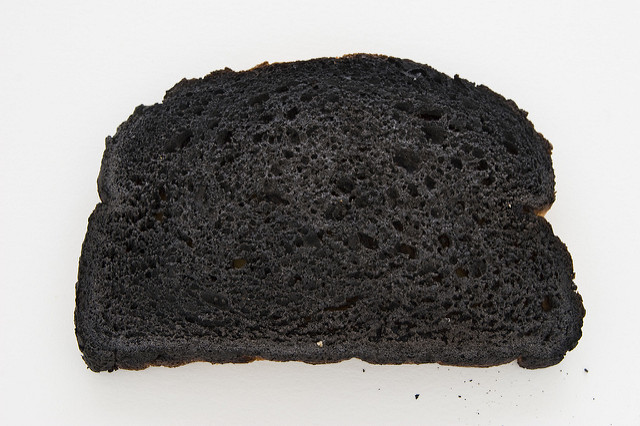
Every morning, I burn my toast.
Every damned morning of my life.
I do not burn my toast intentionally. Quite the contrary. I would love to start my day by biting into an unburned piece of toast, butter tantalizingly seeping into the porous surface rather than sliding in one slowly melting blob across the impermeable charred toast topography, more reminiscent of the black lava landscapes on Hawai’i’s Big Island than it is a food item that, under the best of preparation circumstances, is hardly considered a delicacy in most hard-core foodie circles.
Alas, it is not meant to be.
I’d like to think the burned-toast blame does not lie solely with me.
My toaster is a basic Cuisinart model that, I see from eyeballing the company website, is no longer available. That says a mouthful. It cost something like 20 bucks at Wal-Mart some hazy time back in my deep dark past. It felt flimsy from the get-go. Wal-Mart has a no-questions-asked return policy that I ought to have availed myself of, especially after burning my toast on days one, two, three and so on forevermore. But I was too lazy. And, besides, I assumed I would figure things out — either about the toaster or about myself — well enough that I would not continue to burn my toast for a significant percentage of my adult life.
Wrong.
My toaster’s rotary dial is numbered, perplexingly enough, 1-6. One-through-six what? International Toastiness Units (ITUs)? I mean: Why 1-6? I would think the dial would be numbered 1-5. Or 1-10. Something more in line with standard WASP/OCD-based arithmetic symmetry.
My toaster was made in China, so it’s entirely possible that numeric uniformity simply gets lost in translation. (Have you ever eyeballed Chinese numbers? They are certainly aesthetically appealing on the font front, but, Christ Almighty! How do those folks manage to figure out things like baseball batting averages, miles per gallon and the cost per bottle of a six-pack of craft beer?)
I’ve had toast in China, and, let me tell you, toast is not that otherwise wonderful country’s national dietary specialty. From my admittedly limited experience, the Chinese would not know a well-toasted piece of toast if it pissed on their Peking duck. Their main problem in this context is that the Chinese are not big bread eaters. Their carbohydrate intake is more based upon rice, noodles and, surprisingly enough, potatoes.
They have expanded their gastronomic horizons into leavened realms mainly to please the tastes of Western visitors who, Chinese cooks seem to think, cannot pass a single meal without some manner of bread being placed upon a table otherwise dominated by such delicacies as braised chicken feet and filet of venomous snake.
Without bothering to take my order, the waiter in the hotel at which I stayed would bring me a breakfast consisting primarily of poorly toasted toast, which was something of a cross-cultural bummer, given that I could get all the poorly toasted toast I would ever want back in my own kitchen. I do not travel so my palate can suffer the same alimentary affronts it suffers at home. I want my palate to suffer in new and intriguing ways when I am on the other side of the planet! (Please see previous reference to braised chicken feet and filet of venomous snake.)
Though I very much appreciated the effort, the main problem with the toast in China was consistent inconsistency. Sometimes, one slice would be completely carbonized, while the other would barely be past the point of freshly kneaded dough. Other times, one side of a single slice might be black as night, the other white as snow. You might get two slices that appeared to have barely survived a raging inferno or two slices undercooked enough that they should have been listed on the (non-existent) menu as “toast tartare.” It was like they were trying to cover all their toast bases in one fell, unpredictable swoop. It was one of those vexatious conundrums that inclines an unrepentant liberal arts major to consider the misapplication of “mean” and “median” to an apparently unsolvable equation. The issue might have been that the bread they used was made from rice flour instead of wheat. I have since experimented with toasting rice-flour bread and the outcome reminded me very much of the toast I was served in China.
I should have learned prior to my six-week visit how to say in Mandarin, “No toast for me today, thanks!” Alas, that thought did not enter my head until it was far too late. My pocket dictionary did not, that I could see, include “toast.” The closest word I could find was “fire,” phoneticized as “huo.” I would say, to the obviously bumfuzzled waiter, “huo,” while shaking my head vigorously from side to side, while simultaneously wagging my right index finger back and forth inches from the poor garcon’s schnozz. I have read numerous articles in travel magazines over the years about gestures that, abroad, mean something entirely different than they do in the U.S. For all I know, shaking your head from side to side while wagging your right index finger back and forth in China means you want something to be 50 times more intense. Or that you would like to have sex with a poodle. The waiter never got the message I intended. Neither did he flee or toss my poorly toasted toast in my face. In the world of toast, I take small victories where and when I find them.
Be all that as it may. It is obvious the Chinese are not the people you want calibrating the toaster that sits on your kitchen counter in the American heartland. Great walls? Call the direct descendants of the Qin Dynasty! Opening ceremonies for Olympic games? Dial 1-800-BEIJING! Toaster measuring systems? Where are the Germans when you really need them?
My toaster’s 1-6 toastiness dial does not function with any semblance of predictable relativity. Not even close. It would seem that a setting of 4 would result in toast approximately one-sixth more toasted than toast toasted at a setting of 3. But my toaster’s measurement preferences seem akin to the Scoville and Richter scales, where every subsequent digit amounts to an order-of-magnitude increase of measureable chile piquancy, seismic intensity or toastiness.
At level 3, it is not toasted near enough for my taste. You would be generous to even call it toast at that point. More like warmed bread. But turn the dial to 4 and — poof! — smoke will shortly rise from the electrified recesses of the toaster. I can scarcely imagine what my toast would look like if I ever dared to crank that dial all the way up to 6! Spent plutonium comes to mind.
Understanding the deficiencies of my rotary toaster dial, I sometimes stand and watch (intently!!!), trying to look down into the red-hot toast slots, hand on the lever, ready to quickly raise the toast manually when it looks to be at the ideal shade of pre-incineration. I always jump the gun, lifting the lever too soon, when the toast is at a stage of toastiness somewhere between what experts on the surprisingly extensive palette of brown would call “wood brown” or “fallow.” (1)
Sometimes, this is because I am very hungry, and that hunger is exacerbated by the irresistible bouquet wafting up from those red-hot slots. People who study the effects of olfactory input on the salivation glands consider baking bread — a broad genre of which toasting toast is an undeniable sub-set — to be among the most-appealing of all aromas — by one measure, behind only freshly brewed coffee and vanilla. (As an interesting aside, the phantom smell of burned toast is considered in old wives’ tales to be a precursor to an imminent stroke or a sign of a brain tumor. I am glad the smell of burning toast in my neck of the woods is assuredly not phantom, though, given the sheer quantity and frequency of burning-toast smell I experience, there’s no way I could possibly know if a phantom smell happened to be mixed in there. Maybe I should get a CAT scan to be on the safe side.)
More often, though, I lift the lever prematurely because I fear that, if I am not vigilant, if my reflexes are not lightning quick, my toast will once again get burned. Then I tentatively push the lever back down, with full intention of raising it again in, say, 20 or 30 seconds, when the toast is perfect. But it’s really hard to see the sides of the toast when it’s down in the toaster slots. So, it’s almost impossible to tell when it has reached the desired color, which lies somewhere on the aforementioned brown palette in the pigmentary ballpark of raw umber, chestnut or russet. Not that it matters, because, invariably, my attention will wander (this morning, my phone, located in a different room, rang (it was a telemarketer trying to sell me generic Viagra) … yesterday, my dog started barking at a herd of passing javelinas … it’s always something) and, before it wanders back, visual evidence of yet another toast miscue fills the kitchen air. It comes up charcoal black. Maybe noir. And the kitchen smoke detector, strategically placed directly above my toaster, awakens yet again from its short-lived slumber. (I have to replace the batteries in my smoke detector far more often than the average homeowner.)
I then dejectedly pull the overdone toast out of the toaster. It, being at that point hard as a slab of granite, makes a clanking sound as I drop it on a plate in such an unceremonious manner that its presentation would make a practitioner of kaiseki choke on his or her takiawase.
I long ago gave up trying to scrape the char off with a knife, the way you would scale a fish. I buy cheap bread. By the time I scour both sides, I’ve pretty much whittled away the entire slice. I end up holding rings of scorched crust over piles of what looks like black sand, which I then feel compelled to spoon into a mouth that does not bear a satisfied smile.
(Does the bromide, “waste not, want not” apply to items you, under no conceivable circumstances, would ever want?)
I have mulled the notion of buying heftier bread, one of those natural brands made with seeds, nuts and twigs, but many of the ingredients listed on the packaging of these pricy options are very similar to the materials I use to kindle fires. Perhaps my propensity to burn my toast would translate to full-fledged conflagration were I to purchase products with names like Orowheat, Nature’s Harvest and Country Hearth.
So, I once more masticate embers. I might as well stick my head into the wood stove every morning and take a mouthful of last night’s ashes.

*****
Maybe I should throw in the toaster towel. Give up the toaster ghost. Given that I prefer hot breakfast foods over, say, a bowl of mushy, cold-milk-saturated Cheerios, I have considered changing to instant oatmeal, which is what I eat for breakfast when on a backpacking trip. But that would be admitting defeat. What’s wrong with admitting defeat? Well, I do not view my inability to make it through a single morning without burning my toast as a defeat per se, the overwhelming objective data notwithstanding. I view it more as a series of tactical miscues that do not necessarily translate to a campaign totally lost. Try, try again. Life is, after all, long. I am of British stock. My people do not look at repetitive behavior achieving the same result ad infinitum as a sign of insanity. They view it as resolve. Let’s face it … if there is any nationality you can easily envision glumly eating burned toast day after day, it’s the Brits.
Besides, properly toasted toast is what I really want to eat for breakfast. Toast is one of my very favorite foods. Growing up, our cash-strapped family often dined on that tried-and-true English nutritional fallback option: beans on toast. Back then, my long-gone mom made the toast. She rarely if ever burned the toast. I clearly did not inherit her toast-making genes.
My inexplicable inclination toward burning my toast is, sadly, not limited to breakfast. Early-morning grogginess is not the culprit. I also burn my toast when I make BLTs or club sandwiches for lunch or dinner.
Which is weird as shit, as I am otherwise culinarily fairly aptitudinal. I am both recipe literate and able to concoct savory meals in extemporaneous fashion from available materials found in the dark recesses of a refrigerator that is older than my toaster. I have successfully prepared chicken l’orange. I have made corned beef hash from scratch in a cast-iron skillet over a campfire, which is harder than it may seem from the civilized sidelines. I have baked cookies and cakes, to much acclaim. I have even made Yorkshire pudding, another poor-people’s favorite among the Brits, but one that is a hell of a lot trickier to make than beans on toast. If your timing is not spot on, it collapses into an unappetizing mush. Even my mom, who considered Yorkshire pudding to be one of her proudest specialties, occasionally fucked it up.
Toast seems to be my one and only nutritive nemesis.

*****
I have given serious thought to buying a new toaster. I have even surfed the web, wondering if there is a model that would allow me to consume unburned toast for breakfast. There are so many to choose from! It is dizzying!
There is, for instance, a Hamilton-Beach Classic Chrome Two-Slice model that boasts more dials and buttons than does the dashboard of my wife’s late-model Subaru Outback. Its toastiness knob does not even have numbers but, rather, diagrams of various shades of toastiness. No measurement ambiguity caused by an inaccurate translation of Chinese to Hindu-Arabic numeration there! The Hamilton-Beach Classic Chrome Two-Slice model also has a means by which you can tell the toaster’s central command system whether you intend to toast basic bread, waffles or a bagel! Be still, my beating heart!
There’s one by a company named Dash that’s a “clear view” toaster. You can actually observe the toast as its being toasted through a little side window. I don’t see how anyone could burn his or her toast with this type of technology!
There’s an inexpensive Proctor-Silex model that has a toastiness knob that goes from 1-7 ITUs — which means it either has a greater range than does my current toaster, or its increments are more fine-tuned. (It is made in Bangladesh, a country, like China, that is home to a perplexing, though very aesthetically appealing, system of digits.)
On the other end of the spectrum, there’s the impressive-sounding Waring WTC850RC Slot Toaster that retails for a whopping $650! This is an industrial machine capable of toasting 300 slices per hour! Much as I like toast, that might be a bit much, though, if those slices of toast came out unburned, I might find myself tempted to make up for lost toast time.
There is even a commemorative “Battlestar Galactica” toaster, which, by some mysterious means, manages to toast your toast with the facial image of a dreaded Cylon Centurion! (2)
Clearly, I have been living in the toast Dark Ages! I might as well have been skewering slices of bread with a straightened-out coat hanger and holding them over an open flame, roasted-marshmallow style.
But purchasing a new toaster would mean discarding my old toaster. We have burned a lot of toast together. I understand how silly this sounds, but I bond with my possessions, even those inclined to incinerate my breakfast every single morning. I guess I attach inexplicable life force/essence to inanimate objects.
About 20 years ago, my wife’s sister gave us what at the time was a cutting-edge television set (read: it had a working remote control). It had a square screen measuring maybe 20 inches across, was two full feet deep and weighed about 200 pounds. It sagged whatever piece of furniture it was placed upon. When the broadcast world went totally digital, things went visually awry. Football scores bled off the side of the screen, which was OK, as those scores simultaneously became too blurry to read. We were only able to watch the middle section any movie or show, which made cheesy plot devices like Indians ambushing unsuspecting cowboys especially startling.
But we stuck with that TV, partially because it simply refused to die and partially because it had essentially become as much a member of the family as an inorganic item could be. It had been with us through five residences, two cats, two dogs, five computers, four cars and two arrests. It was as much a part of our lives as the mementos gathered from our extensive travels, which adorn our walls, bookshelves, dashboards, headboards and fireplace mantel.
Eventually, though, when we came to realize we were the only people left on Earth who did not own a modern flat-screen high-definition smart television set, the prices of which had been plummeting for a good long while, we heavy-heartedly decided to retire that old TV. I took it to the corner of our local landfill reserved for electronic devices, all of which are destined to be recycled by inmates at a prison in Arizona, which amounts to a form of admirable reincarnation. The only other time I had ever been to the landfill, dozens of outdated TVs were stacked atop one another, looking like an art installation piece that was trying to convey a poignant near-daguerreotype statement about the vicissitudes of American consumerism.
This time, there was not a single other set in the designated electronic drop-off area. A recycling pick-up must have occurred literally earlier that day. I had been hoping my obsolete TV would have the company of others of its antiquated ilk as it sat there awaiting its fate. But, no. I unceremoniously discarded the device upon which I had watched all the re-booted “Star Trek” series — “NexGen,” “DS9,” “Voyager” and “Enterprise.” Upon which my wife had watched her beloved Denver Broncos play in six Super Bowls. Upon which I, along with an entire apartment filled with visitors, had viewed, jaws agape, the slow-motion police-car chase of O.J. Simpson.
When I caught a final glimpse via my rearview mirror of the TV set alone in the dirt, a lump rose in my throat and I almost turned around and retrieved it. I suspect I would feel a similar sense of guilt if I abandoned my toaster.
I cannot explain why I feel such bonds with lifeless objects. I mean, I feel terrible when I discard tattered dishtowels, torn T-shirts and ratty pairs of underwear and socks. I bid them a fond farewell and thank them for their service before placing them in a lilac-scented plastic trash bag.
I am not the only one. I have a friend whose laptop recently shit the bed. She cried, not because of impending inconvenience or data lost or cost of replacement. She cried because of the connection she had developed with a computer that had been with her through the first six years of her daughter’s life (she learned how to properly change diapers via a YouTube video), the horrible dissolution of her marriage (she found her divorce lawyer online) and the long, challenging journey of becoming a rent-paying blogger and teacher (she had joined numerous virtual support groups). She cried when that laptop died because there can indeed be ghosts in machines. (3)
Who among us has not felt totally awful when trading in or selling a vehicle that has borne us on so many adventures, a vehicle that may even have had bestowed upon it a proper name?
I understand that the scale of comparison is way off. No one names his or her toaster. No toaster bears its human companion to Canyon de Chelly or Pueblo Pintado. No one pens a poem or a play on a toaster. There are no special corners of the local landfill reserved for discarded toasters.
I talk to my toaster. I try to convince it to not burn my toast. Sometimes, I play the role of a “What the Bleep Do We Know”-type Quantum physicist, telling my toaster that, if it tried really hard to visualize an outcome dominated by flawlessly toasted toast, then, perhaps, future reality would physically manifest that vision. Sometimes I play toaster cheerleader. “Go, toaster, go!” Other times, I threaten the toaster with oblivion if it once again burns my goddamned toast.
My toaster sits stoic and mute, unmoved and uninspired.
My toaster reminds me of my ancient cat, who pukes a lot, almost always in places I really wish she would not puke. Like on my pillow and on my keyboard. I plead with my cat — who, coincidentally or not, is the exact same color as very burned toast — to please for the love of all that is good and righteous to stop puking on my pillow and on my keyboard. I encourage her to puke instead on the easily cleanable tile that lines our spacious hallway. Or in the backyard. She pays me no heed. She does not even acknowledge my admonitions. Yet, I do not consider discarding her. Well, I consider it, but I do not follow up on that consideration, at least partially because she has severe kidney issues and will soon pass of her own volition and my wife would divorce me.
Instead, I pet her and tell her everything will be alright, and she purrs and bites my hand. Soon thereafter, she will assuredly puke, probably on my pillow or my keyboard.
I will sorely miss that cat when she goes. I will not, however, miss the puke.
Maybe my toaster will soon pass of its own volition. That would make things much easier.

*****
Given its track record, it would be easy to speculate that my toaster intentionally burns my toast, which you would think would be counterintuitive from a self-preservation perspective. Like, if you keep burning the toast, most people are going to eventually take you to the old toaster home.
Plus, if you were a toaster, wouldn’t you want to be the very best toaster you could possibly be?
No — I think my toaster would really like to not burn my toast, but it can’t quite pull it off. Maybe it’s suffering from early-onset toaster dementia. Maybe it’s kind of a stoner/slacker toaster; its DNA-level indifference prevents it from getting its shit together enough to not burn my toast. Maybe I have a cognitively challenged toaster. Maybe I need to enroll my toaster in an appliance special-ed class. Maybe it needs toaster Ritalin.
I think it speaks highly of me that I have stuck with my toaster through this rough stretch, which has gone on for a couple decades now — a period during which the only non-burned toast I have consumed has come from the kitchens of restaurants not located in China.
Maybe I should take a toast-cooking class. Study under a toast master at someplace like IHOP, Denny’s or Waffle House, where the resident toast sensei could teach me the nuances of properly adjusting the toastiness dial on a persnickety Cuisinart. Teach me what words to say to my toaster. I need a toast whisperer.
Or maybe I should try to develop a taste for burned toast.
Andrew Zimmern, host of Travel Channel’s “Bizarre Foods” TV show, suggests in a 2015 Time magazine article that repetition is one of the keys to acquiring a taste for food you don’t like, “assuming the food is cooked the right way.” (Emphasis added.) I would think that eating burned toast several thousand times would fit anyone’s definition of repetition. And, as far as cooking the food the right way, well, here we deal with something of a logical conundrum. I mean, how does one correctly cook food that is by its very definition cooked incorrectly? Were I able to toast my toast correctly, I wouldn’t have to go through the repetitive process of acquiring a taste for it, because I would already have a taste for it.
Maybe I should seek out domestically available food items or condiments that pair well with, or, at worst, mask, the cinder-like flavor of burned toast. Perhaps anchovies. Or Cheez Whiz.
Or maybe I would be well served to simply dance a semantic two-step around my apparent Sisyphus-ian lot in life. Instead of calling it “burned toast,” I could from now on refer to my breakfast as “blackened bread.”®™ But that which we call blackened bread by any other name would still taste as shitty.
Sigh.
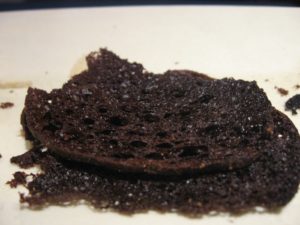
*****
There is a surprisingly extensive array of burned-toast-related musings available for recreational perusal on the Internet, the most prominent of which is a parable about a mom who, after a long, hard day at work, burned the toast that would serve as her family’s supper. When the kids complain, the even-tempered dad delivers words of inspirational wisdom that completely re-wire the thought processes of his previously unappreciative offspring. (I instinctively think of Ward Cleaver delivering those words to Wally and the Beaver, except that June Cleaver 1) would never have served her family toast for dinner and, if she did, 2) it would never have been burned.) (This particular tear-jerker appears in many places, in many forms. Almost like a burned-toast-based game of telephone or Chinese whispers.)
Another looks at burned toast from a marketing perspective, arguing that, if you can sell burned toast, you can sell anything and, if you can’t sell burned toast, then perhaps the sales profession is not your vocational calling.
Someone named Treb, writing on the website Chowhound, said, “One of my favorite ways to make toast is to burn them up [sic]. I love the flavor darkness brings. Since I was a kid, I’ve always enjoyed the smell of burning toast in the morning.” Weird as this might seem, the comments section that followed Treb’s observations overflowed with enthusiastic concurrence. There is, I now know, apparently a burned-toast cult.
Perhaps I should try to contact Treb — who, I hope, is not suffering from a brain tumor or about to have a stroke — and his rapidly oxidized disciples. Perhaps someone among them is vexed by an inability to toast toast that is not burned. We could arrange a toaster exchange.

*****
My wife recently persuaded me to adopt the so-called “caveman diet.” “For health reasons,” she said, while surreptitiously eyeballing the toaster sitting on the counter next to our early-era microwave. For the next month, nothing but meat, fish, nuts, fruit, vegetables and eggs for me.
Cavemen apparently did not eat toast.
First morning out, I came within a whisker of burning the bacon.
But I did not burn the bacon! (I really do not like bacon.)
(1) According to surveys in Europe and the United States conducted, or at least cited, by someone named Eva Heller, who wrote a book titled, “Psychologie de la couleur: Effets et symboliques,” which I have not read because, among a long list of other reasons, I do not understand French, brown is the public’s least-favorite color, because it is most often associated with “plainness, the rustic, feces and poverty.” There is no mention in the Wikipedia listing I pretty much just plagiarized about whether the public was shown a well-toasted piece of toast before being interviewed by Ms. Heller.
(2) On the TV show, “Battlestar Galactica,” Cylon Centurions — malevolent artificial life forms — were known very pejoratively as “toasters” because the shape of their robotic noggins reminded their human enemies of, well, toasters.
(3) The term “the ghost in the machine,” is often misattributed to prolific science-fiction author Isaac Asimov — mainly because of its awkward placement into the movie “I, Robot.” In fact, the term was first introduced in the 1949 book, “The Concept of Mind,” by British sociologist Gilbert Ryle. It was used by Ryle to describe mind/body dualism, rather than, as is often assumed in popular culture, to ascribe human-like consciousness and self-awareness to mechanical devices such as robots or toasters. The common perception that “the ghost in the machine” actually refers to a-corporeal shit like robots and Cylon Centurions was further cemented by Arthur C. Clarke, who named an entire chapter in “2010: Odyssey Two” “Ghost in the Machine.” That chapter title referred to virtual consciousness within a computer, in this case, the infamous HAL-9000.






